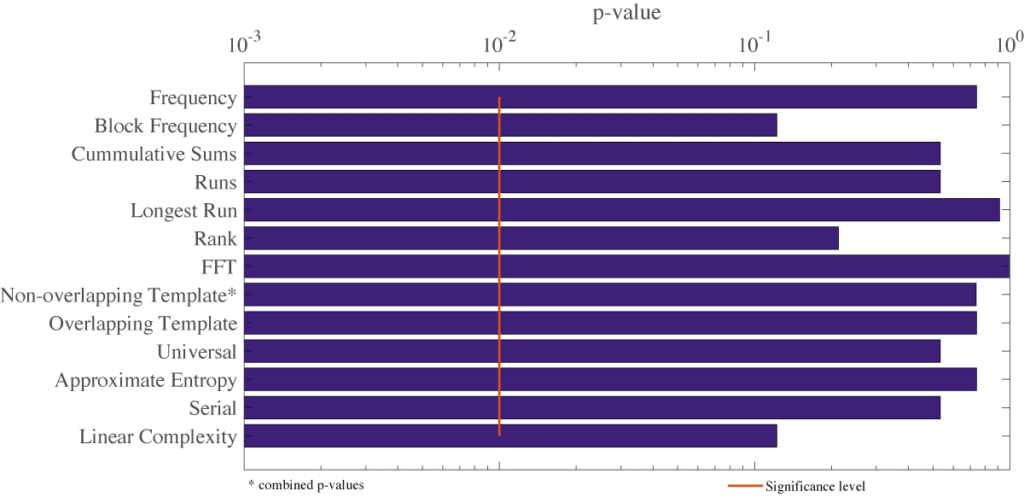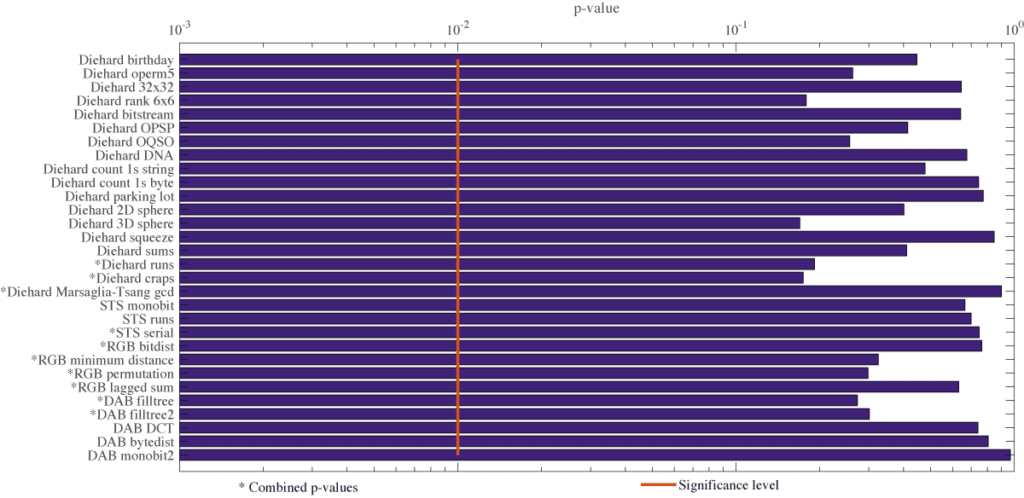QRNG
Get Started Streaming
Get Started Learning
Quantum random number generation (QRNG) is one of the most mature quantum technologies.
The past 20 years, QRNGs have been demonstrated by measuring radioactive decay, vacuum noise, inherent phase fluctuation of lasers, energy fluctuation of stimulated Raman scattering, and single photons in superposition modes.
Those QRNGs, while designed to exploit the indeterminism nature of quantum mechanics, often suffer from various experimental imperfections, including measurement bias, sampling-period-induced correlation, and mixture with other deterministic classical noise. To obtain genuine random numbers, randomness extraction or amplification is often required to compensate for those imperfections. Yet this additional step leads to security vulnerabilities while reducing the random number production rate.
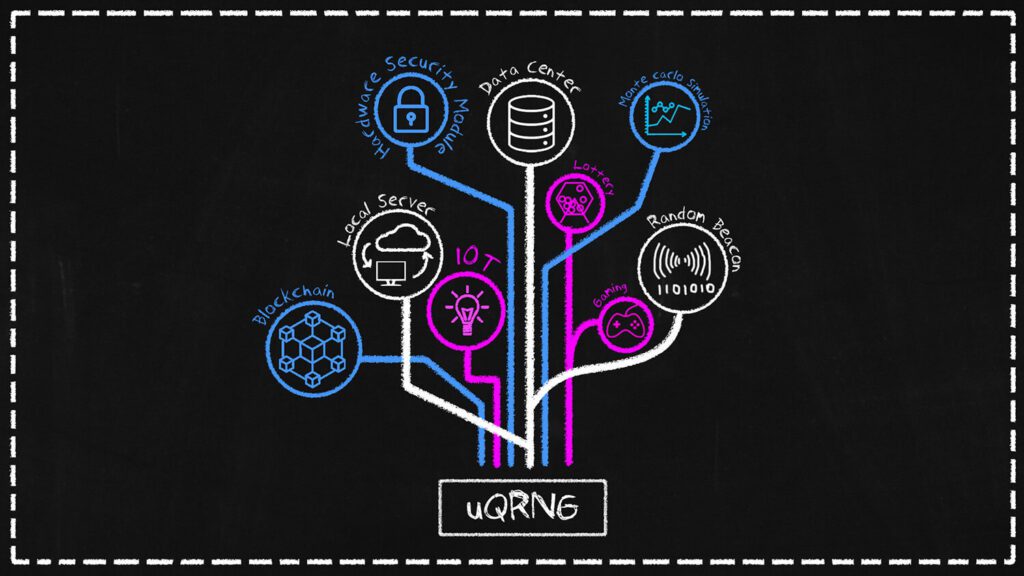
We offer a direct generation of genuine quantum random numbers (QRNs) in arbitrary user-defined distribution functions, without requiring any post-processing such as randomness distillation or distribution transformation. QCi QRNG also provide multiple correlated QRNs sets where users can customize the value of covariance as well as probability distribution density.
How does it work?
Our QRNG is photonic based, where we harvest the time-energy degree of freedom of photons. Single photon before detection is in superposition time modes, which means it is not possible to predict which state the single photon will collapse into. By measuring the stochastic arrival time of single photons, we obtain true randomness from this quantum process.
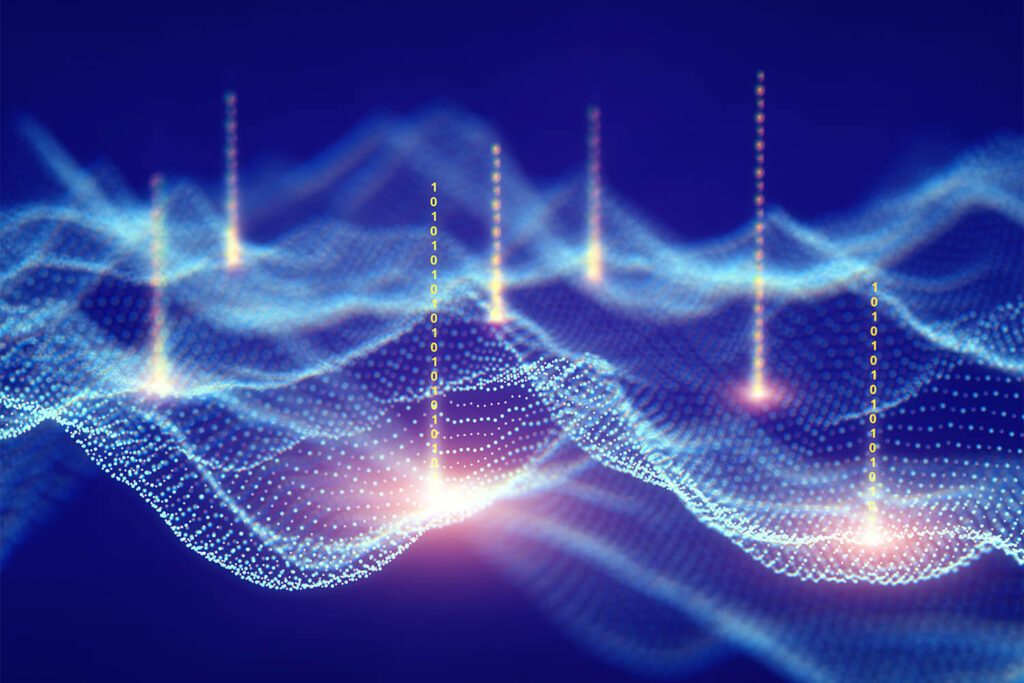
Why QCi uniform Quantum Random Number Generator?
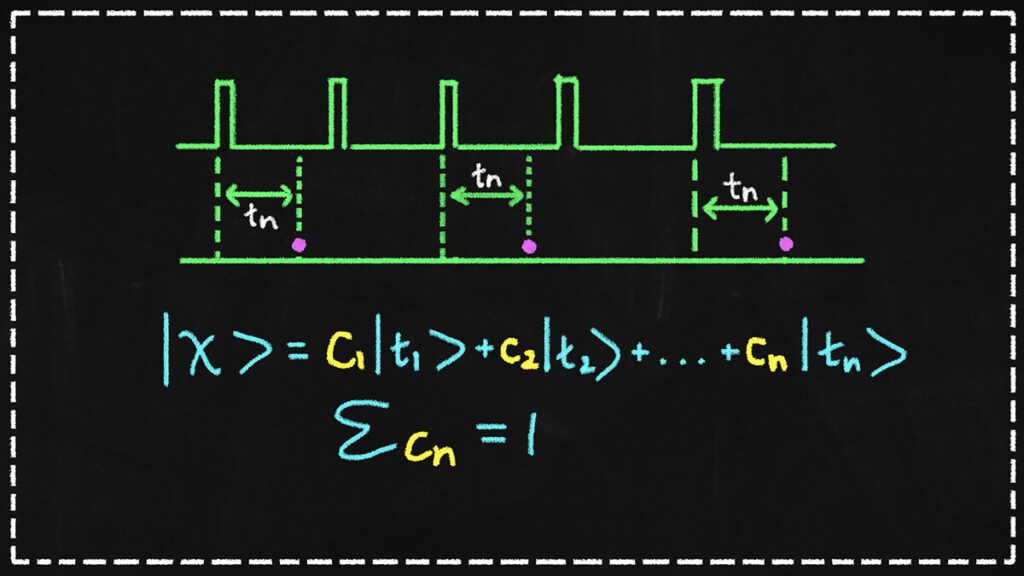
QCi develops three types of quantum random number generators (QRNG) including:
- uniform probability distribution (uQRNG);
- arbitrary probability distribution (aQRNG);
- and correlated (cQRNG).
uQRNG is now available both on-cloud and on-premise.
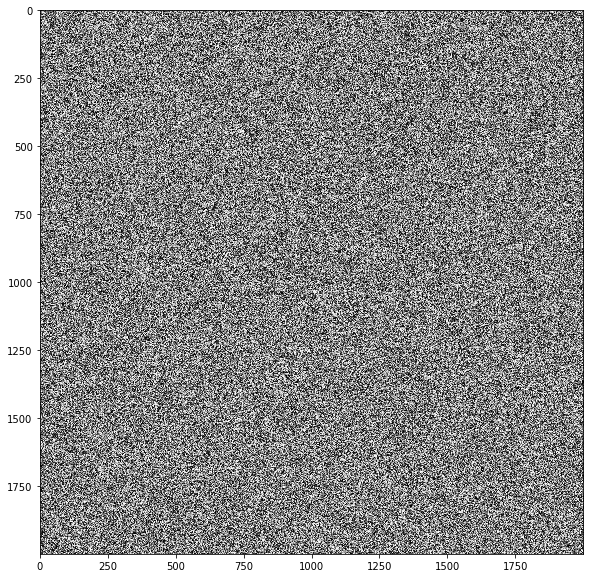
QCi’s quantum random numbers pass all the tests in the NIST SP 800-90B package and Dieharder test suites.
All the P-values are consistently above the significance level with high confidence.
Subscription Service
Download file with free quantum random numbers generated by QCi’s uQRNG device
A free (trial) account for obtaining QRNs from QCi’s uQRNG-aaS cloud service
Purchasing a uQRNG hardware device
Collect free quantum randomness today
We are providing API access to our uQRNG service free of charge to users during our initial launch.
Users can access up to 1 billion bits from the uQRNG service per month with a maximum requests size of 1 million QRNs.
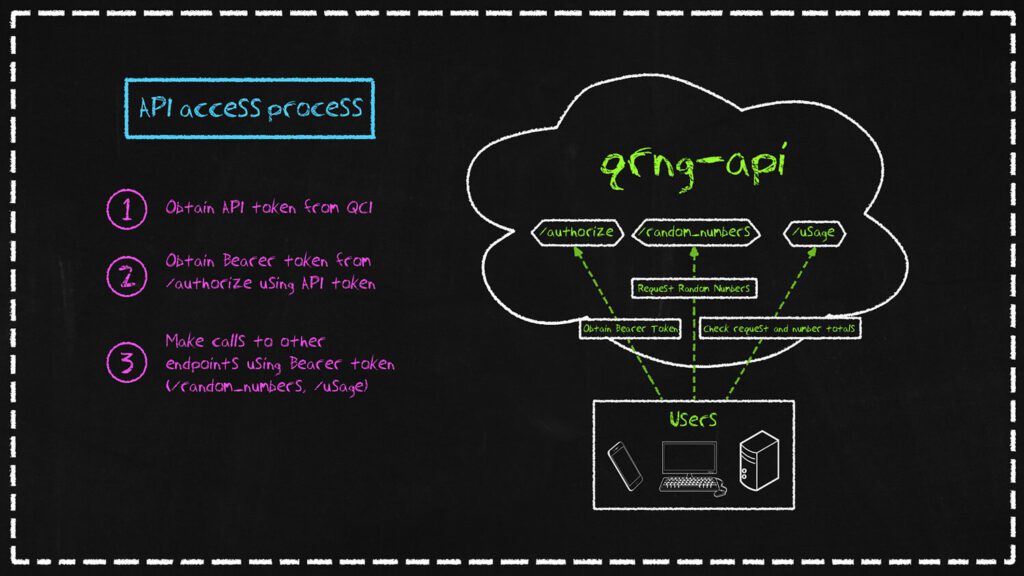
Need more QRNs, please contact us at sales@quantumcomputinginc.com.
Use Cases
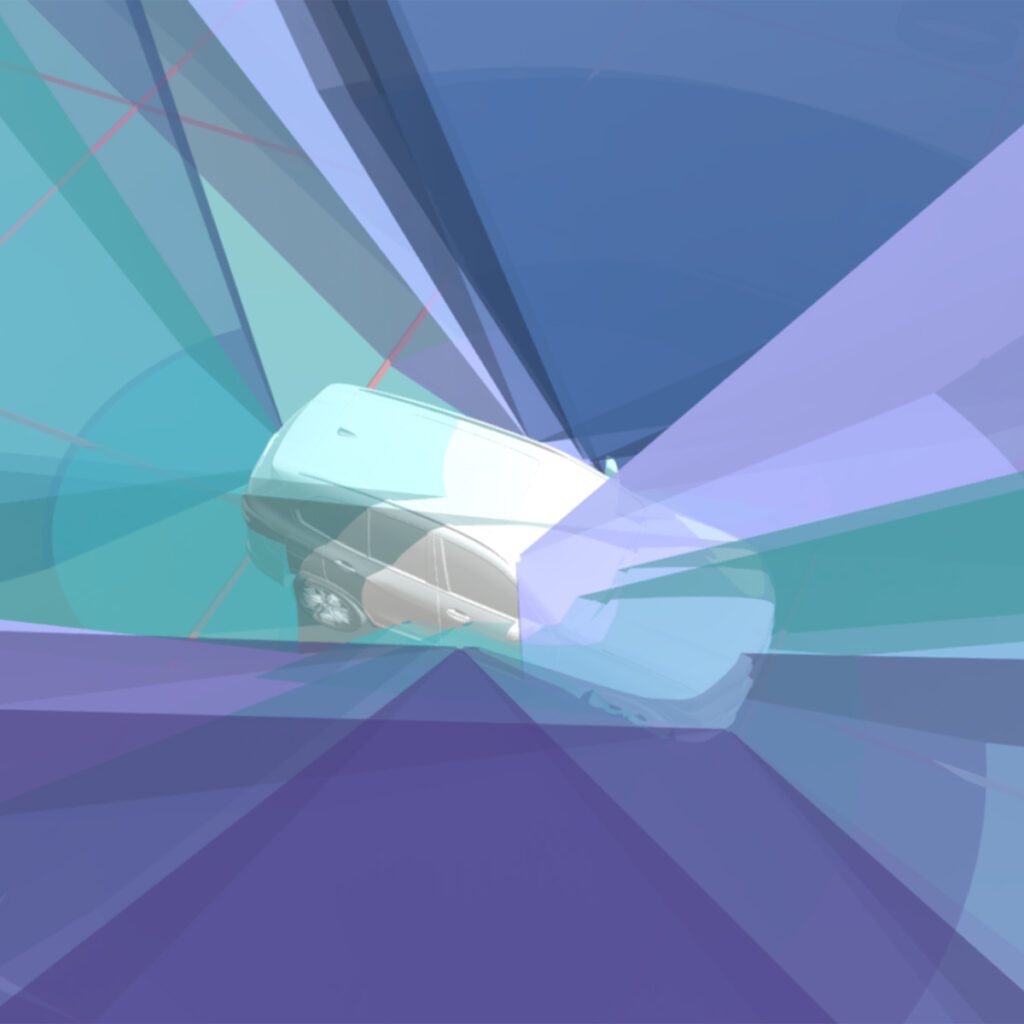
Case Study
BMW Challenge
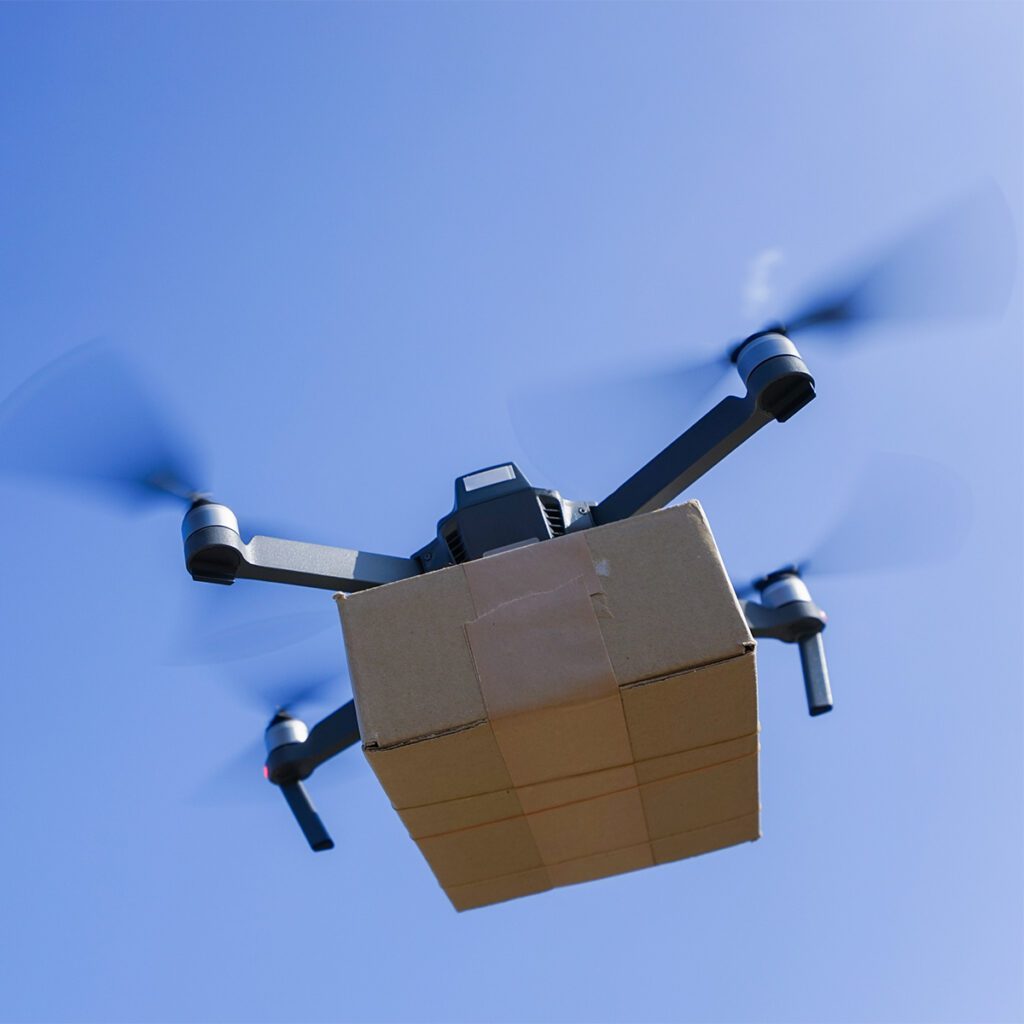
Case Study
Virginia Innovation
Partnership Corporation

Case Study
Rabobank
Frequently Asked Questions
What is the advantage of QRNG over other random number generation techniques?
There are two types of random number generators:
- True Random Number Generators
- Pseudo Random Number Generators
QRNG is a true random number generator; this means that it can’t be predicted by any mathematical model. Many pseudo random numbers also have a period which means they will eventually repeat. On top of this they may contain bias which can interfere with simulations, data science modeling results, as well as introduce security loopholes which could be exploited by bad actors. Quantum mechanical principles provide guarantees that our numbers will be unbiased, meaning truly random. Also, our service requires no additional post-processing of the numbers which removes the possibility of manipulation of the numbers after generation.
How truly random are the quantum random numbers provided by the service?
We have conducted testing using the numbers generated by the uQRNG device and it has passed all tests for NIST and DIEHARDER.
Are there any disadvantages to using quantum random numbers?
Experimental reproducibility. If an experiment or process must be reproduced in the future it’s not possible to do so without saving the original generated numbers when using a quantum random number generator.
How can I use this with my applications?
It’s as simple as making API calls in the language of your choice whether it is mobile applications, servers, or personal computers, this protocol will work for you. See our reference Quickstart Guide.
How much does it cost?
We offer a free tier which will provide users with 1 billion free bits per month. Learn more.
What if the free plan doesn’t provide enough quantum random numbers for my needs?
If the free tier plan doesn’t align with your usage needs please reach out to our sales team at sales@quantumcomputinginc.com we’re happy to help meet your needs.
How fast does the device produce quantum random numbers?
Currently, the device produces around 12,200 13-bit QRNs per second which is about 158 kbits per second. These numbers are stored in our web service to meet on-demand requests.
Are the numbers from the service distributed to multiple customers, used for other applications, or recorded in any way traceable to the request?
No, quantum random numbers provided by QCi’s QRNG service are never re-used. When a request for QRNs is made by a user, that user receives a unique set of QRNs that are not shared with any other users. QCi does not keep logs of QRNs provided through the QRNG service; only usage statistics are saved for system improvements and billing purposes.
Are the numbers secure?
The numbers provided through the service are provided to only the user who requested them and are destroyed when the request is made. The numbers are encrypted when in transmission between the lab, our internal servers, and the end user.
Can I use the service for cryptographic purposes?
The numbers are stored securely and are never reused, however, since they are being transmitted across the internet there are associated risks which should be considered. TLS secures all data sent to and from the API over the internet. For a higher level of security we recommend on premise hardware. Learn more.
Where is the device physically located?
The QCi QRNG device is currently located in QCi’s lab in NJ, USA.
How will I be notified when there are changes to service?
We will send out updates using the contact email that is associated with your account.
How can I get help if I have issues with the service?
Please email our team at support@quantumcomputinginc.com.

